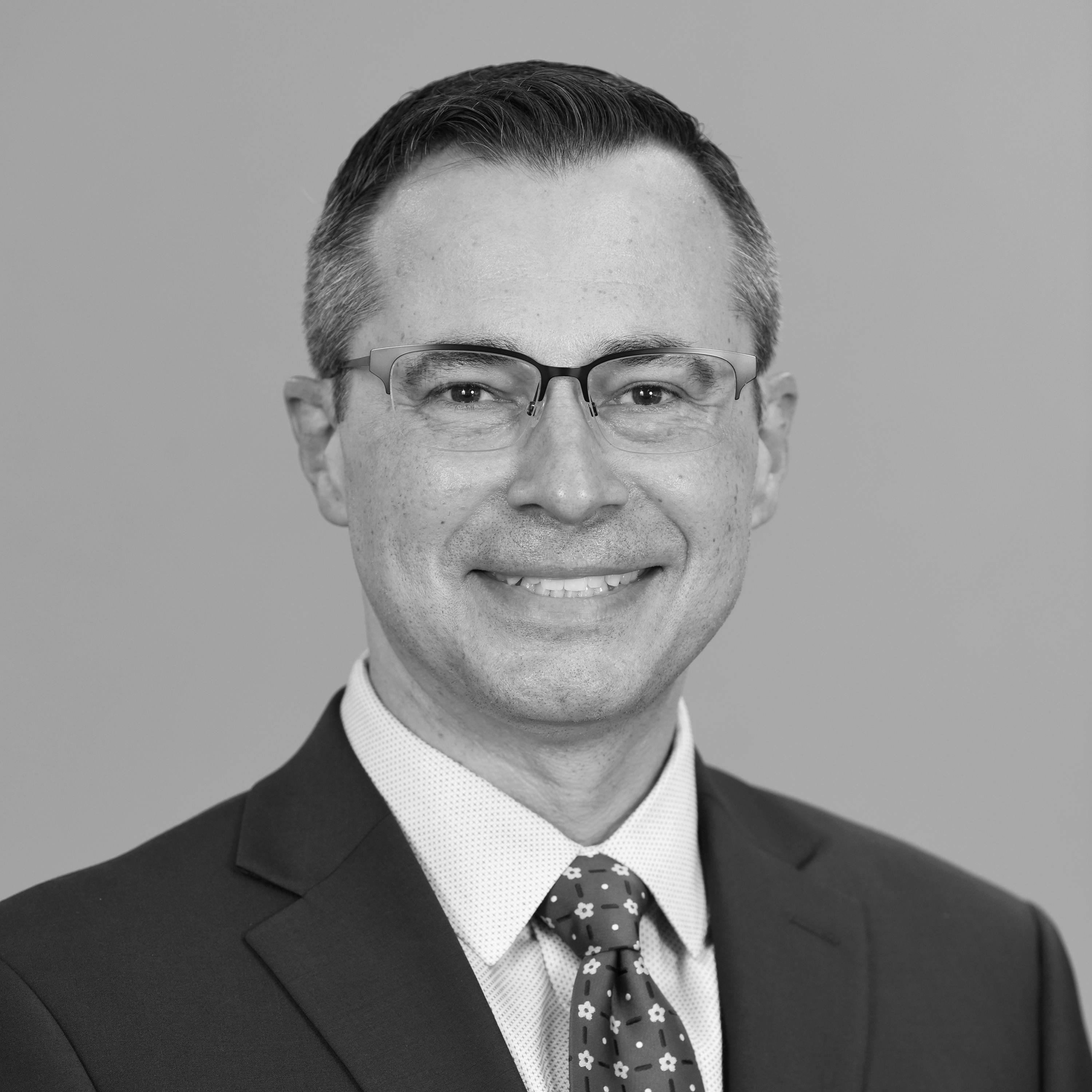What Are Schools Doing to Increase Diversity in Nursing?
Nurses need to provide healthcare that embraces the needs and concerns of patients’ various demographic backgrounds. A diverse nursing workforce that reflects patient populations is crucial to achieving quality healthcare that is also fair. The profession has made efforts to increase diversity in the workforce, but much more can be done to attract underrepresented groups into nursing programs and nursing careers.
According to the U.S. Census, underrepresented populations will become the majority in the U.S. by 2043. Members of ethnic and racial minority groups make up over one-third of the U.S. population, but only 19.2% of registered nurses (RNs). As AACN notes, white/Caucasians make up over 80% of the RN workforce, while Asian Americans comprise 7.5%, African Americans 6.2%, and Hispanics 5.3%. Nurses who identify as American Indian, Alaskan Native, Native Hawaiian, or Pacific Islander represent less than 1%. Females dominate all nursing fields. Men in nursing only account for 9.1% of RNs. Data for intersex nurses is unavailable.
Nursing leaders, such as Craig Laser, clinical associate professor at Arizona State University’s Global Management in Healthcare Services program, and Mikhail Shneyder, president and CEO of Nightingale College, call for nursing schools, employers, and professional nursing organizations to make inclusion and diversity a priority. These nurse educators encourage creating concrete steps to welcome underrepresented groups into the nursing profession.
Laser explains that “it is easy for organizations and institutions to write diversity, equity, and inclusion statements or policies; it is much harder to make that a living reality. It is the leaders of these organizations that must make it a reality based on action and role modeling … .”
How Nursing Schools Are Increasing Diversity
Nursing schools have begun to develop strategies to recruit and graduate a more diverse student body. These efforts depend on an institutional culture that encourages inclusion for both faculty and students of color. Some strategies include:
Reevaluating how institutions recruit, hire, and promote students and faculty for bachelor’s, master of science in nursing (MSN), and doctoral programs
Reducing schools’ reliance on standardized testing scores and adopting holistic nursing admissions policies
Creating new positions dedicated to diversity, equity, and inclusion (DEI) initiatives
Introducing more hospital community programs
Developing nursing mentorship programs
Laser points out the need “to start with university leaders being clear and role modeling openness, inclusiveness, and creating a sense of belonging for everyone.” He cites nursing school DEI officers who are responsible for recruitment and hiring as an example.
Shneyder calls for nursing schools to place less emphasis on whether a student can pass the NCLEX the first time and less reliance on standardized tests for admission. He views such outdated practices as part of systemic racism, “causing admissions ‘elite-ization’ and ‘washout’ policies.”
These practices, according to Shneyder, are examples of racial bias that eliminate “capable students before applying for a program and also before graduation … which disproportionately affect people of color and lower socioeconomic status. This decades-old systemic racism needs to be changed when evaluating nursing education and the institutions providing it.”
Instead of standardized tests, nursing schools can adopt holistic admissions policies. Holistic approaches place greater emphasis on life experiences as indicators of an applicant’s potential success rather than relying on traditional measures of academic ability such as test scores and grades.
Hospitals can contribute to the recruitment effort by developing community programs that raise awareness among children and families about healthcare education and nursing opportunities. Laser mentions hospital clinical staff who “adopt” local schools and develop events to “talk about healthcare, hold informational sessions, bring people into the hospital to expose them to careers, and build that community.”
Nursing leaders also value professional mentorship programs that can connect students with nurses before they enter nursing school, during their studies, and in their early career.
What Are Nursing Organizations Doing to Promote Diversity in the Workforce?
Nursing organizations play an important role in making the connection between a diverse nursing workforce and the reduction of healthcare disparities. These groups advocate for policy changes and lobbying efforts. They also have various resources to aid diversity in nursing education and employment.
The AACN hosts an annual Diversity Symposium and a Diversity Leadership Institute for DEI directors and other interested stakeholders. The American Hospital Association and the American College of Healthcare Executives offer programs that connect industry leaders with minority students enrolled in healthcare management programs. These initiatives provide internships, mentoring, and administrative fellowships that may lead to full-time employment. The has fellowships targeted to nursing students from underserved communities.
What Are the Barriers to Increasing Diversity in the Nursing Workforce?
Despite the notable efforts by the AACN and other organizations, the nursing profession must work harder to create a culture that fosters diversity, equity, and inclusiveness. Unequal access to education ranks among the most challenging barriers to achieving a more diverse nursing workforce.
According to Laser, “ensuring that marginalized groups actually have access to educational opportunities — scholarships, tiered educational programs, and actively cultivating an interest in healthcare careers at an early age — is the first step.”
Laser promotes the importance of increasing young people of color’s awareness about healthcare career opportunities, especially through health career programs such as how to prepare for nursing school in high schools. He would like to see more initiatives that “highlight diverse peoples of color, ethnicities, backgrounds, and gender to make healthcare an enticing and welcoming profession.”
Nursing schools must redesign admissions requirements to place less stress on standardized tests and other indicators of academic achievement that might give an unfair advantage to white, middle, and upper class students. Financial aid for minority and lower-income students, including for MSN programs, must also become a priority in nursing education.
Nurses in leadership positions who look like members of the communities they serve will help establish an environment of respect, safety, and belonging. Nursing schools, hospitals, and other major employers must set up hiring practices that encourage the employment of staff and administrators who reflect the changing demographics of the U.S. population. These efforts must go beyond racial and ethnic groups to include male nurses and members of the LGBTQ+ community.
Conclusion
Many nursing programs have risen to the challenge of expanding diversity among their students and faculty. Yet, creating a more diverse nursing workforce still needs work.
A diverse and inclusive nursing workforce will improve the quality of and access to healthcare. For this to happen, nursing schools, employers, and professional organizations must develop programs to increase educational access and fair, equitable recruitment and hiring practices. They should also provide cultural competence in nursing resources and offer opportunities that focus on underrepresented groups. These might include financial aid, internships, and mentoring.
Shneyder pushes for more concrete policies and practices to address factors that limit opportunity in nursing: “Since studies have shown that health outcomes improve when the nursing workforce is aligned demographically with the communities they serve, it benefits everyone to focus on making it happen.”
Meet Our Contributors

Mikhail Shneyder is the president and CEO, board member, and a minority owner of Nightingale College, a Salt Lake City-based private postsecondary distance education institution. A registered nurse for over 25 years, Shneyder has management experience in postsecondary education for health professions and healthcare delivery services. He is a published academic author, conference speaker, and guest lecturer. Shneyder holds an MBA from UC Berkeley’s Haas School of Business.

Craig Laser is a healthcare leader who has worked as a clinical nurse, nurse leader, executive, and independent consultant. His clinical background includes critical care nursing, emergency/trauma nursing, and critical care transport/flight nursing. He has worked in tertiary and academic medical centers and has led enterprise-wide initiatives to improve clinical care. Laser’s interests include the practice of leadership, organizational and workforce dynamics, innovation, and cultural transformation. Laser is a clinical associate professor at Arizona State University within the Master of Global Management in Healthcare Services program.
Reviewed by:

Angelique Geehan works to support and repair the connections people have with themselves and their families, communities, and cultural practices. A queer, Asian, gender binary-nonconforming parent, Geehan founded Interchange, a consulting group that offers anti-oppression support. She organizes as part of several groups, including the National Perinatal Association’s Health Equity Workgroup, the Health and Healing Justice Committee of the National Queer and Trans Asian and Pacific Islander Alliance, QTPOC+ Family Circle, and Batalá Houston.
You might be interested in

Challenges Faced by Black Nurses: Q&A With an Advocate
Black nurses have worked in the healthcare industry for centuries, but workplace challenges persist. For Black History Month, learn more about education for minority nurses.

Hispanic and Latino/a Nurses You Should Know About
This post introduces Latinx and Hispanic nurses, who share a passion for inspiring others in their communities to pursue nursing careers and improve access to healthcare.

The Gender Pay Gap in Nursing
Although women dominate the field of nursing, men continue to earn higher salaries. This guide to the gender pay gap explores these disparities and ways to achieve income equity.